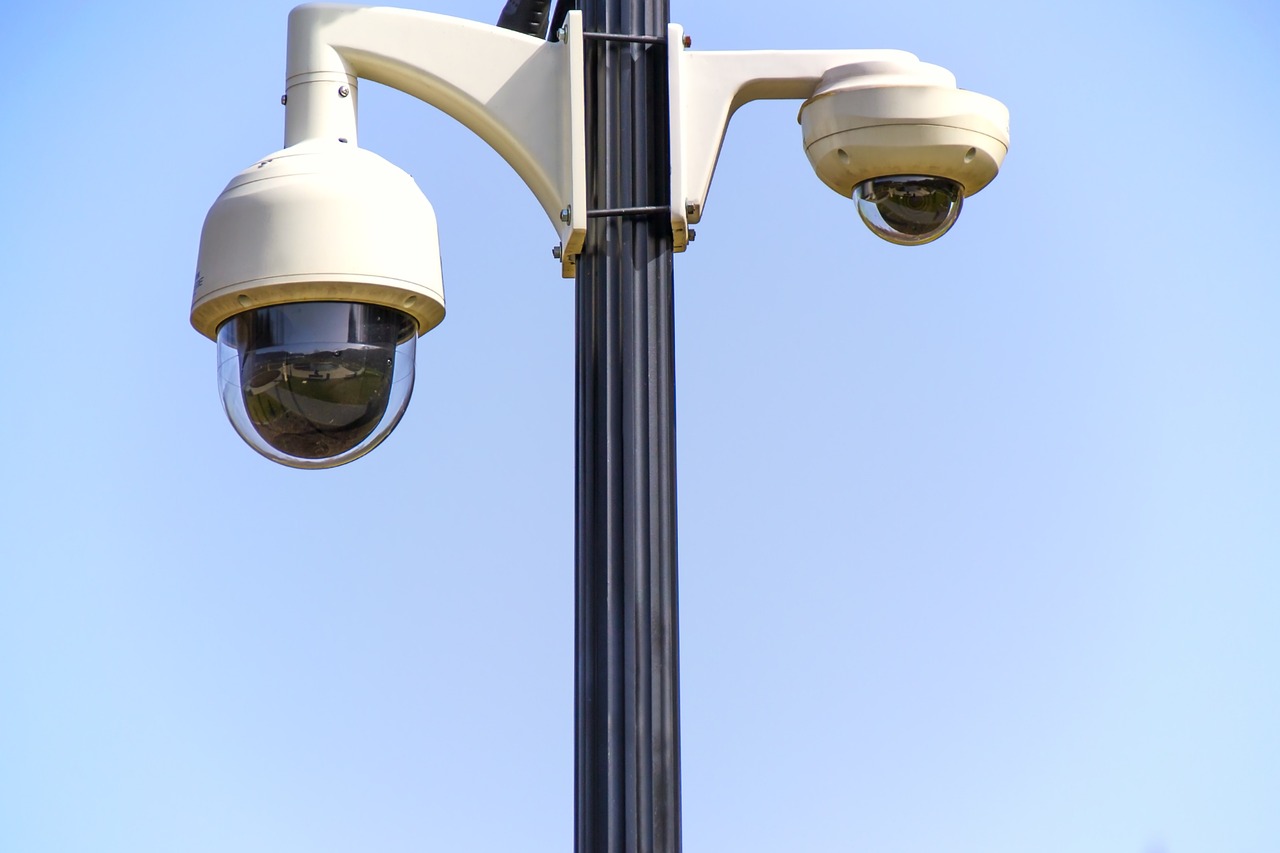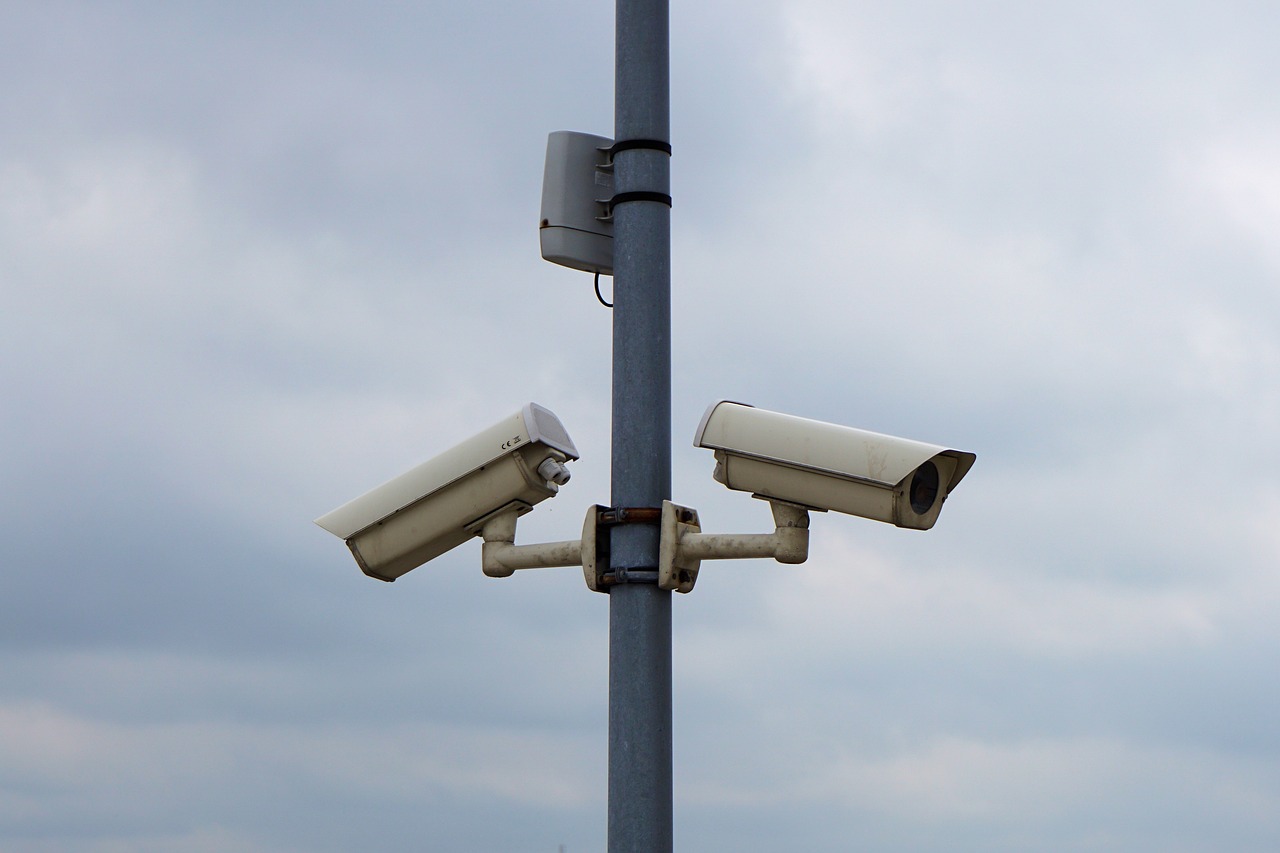
The world of today is tightly interconnected. Ensuring the safety and security of our homes, businesses, and public spaces has become more important than ever. One of the most effective tools for achieving this is Closed-Circuit Television (CCTV) or simply video surveillance. In this article, we will delve into the basics of CCTV, exploring what it is, how it works, its applications and key benefits.
What is CCTV?
CCTV, or Closed-Circuit Television, is a system that utilizes video cameras to transmit video signals to a specific location for monitoring and/or recording purposes. Unlike traditional television broadcasting, where signals are open for anyone to view, CCTV operates on a closed circuit, meaning that the video feeds are intended for a limited and typically private audience and require secure access.
How Does CCTV Work?
CCTV systems consist of several key components, each playing a crucial role in capturing and transmitting video data.
-
Cameras: These are the primary devices that capture video footage. CCTV cameras come in various types, including analog, IP (Internet Protocol), dome, bullet, and PTZ (Pan-Tilt-Zoom) cameras, each designed for specific applications.
-
Video recorders: A DVR (Digital Video Recorder) or NVR (Network Video Recorder) is used to record and store the video feeds. DVRs are generally used with analog cameras, while NVRs are used with digital IP cameras.
-
Monitors: A monitor or display screen is used to view the live and recorded footage. This can be a dedicated screen, a computer monitor, or even a mobile device.


Professional outdoor dome PTZ and fixed viewpoint security cameras
CCTV systems are characterized by three fundamental functionalities.
(1) Live video
Live video is one of the core features of a CCTV system, as it enables real-time monitoring: CCTV cameras capture live video feed, which is transmitted to a viewing device. It allows to the users to observe activities and events as they happen. Live video is invaluable immediate awareness of situations in the monitored area. This can be crucial for security and surveillance purposes, as it allows for quick response to potential issues, such as security breaches or emergencies.
Modern CCTV systems provide remote access through mobile apps or web interfaces, enabling users to view live video on their smartphones, tablets, or computers from anywhere with an internet connection. This feature enhances convenience and flexibility, allowing users to check in on their property or business even when they are not physically present.
(2) Video recording
It is impractical and likely very expensive to have someone permanently watching the live stream captured by a CCTV camera. CCTV systems typically include recording capabilities, which allow users to access and review video footage recorded previously. In addition, the recorded content can serve as valuable evidence in the event of an accident. It can be used for investigations, legal proceedings, or simply for keeping a historical record of events.
(3) Motion detection
Motion detection is an advanced feature that enhances the efficiency and effectiveness of a CCTV system:
-
Event triggering: Motion detection technology identifies changes in the video frame, such as the movement of objects or people within the camera’s field of view. When motion is detected, it can trigger various actions, such as recording, sending alerts, or turning on lights.
-
Alerts and notifications: Many CCTV systems are capable of sending alerts to users when motion is detected. These alerts can be in the form of email notifications, mobile app alerts, or SMS messages, helping users stay informed of suspicious or unexpected activity.
-
Storage and bandwidth reduction: Motion detection can help conserve storage space and reduce the bandwidth required for video transmission. Instead of recording continuous footage, the system only captures and stores video when motion is detected. Furthermore, it significantly simplifies the process of reviewing past events of interest, as opposed to watching continuous recordings.
Is CCTV equipment expensive?
It used to be so, indeed.
Until recently, the video surveillance equipment market was primarily accessible to professionals in the field of security, surveillance, and related industries. This exclusivity was due to several factors and barriers that limited the broader adoption of video surveillance technology.
-
High costs: CCTV equipment used to be quite expensive, making it unaffordable for the average consumer or small business owner. Professional-grade cameras, recording equipment, and monitoring systems came with a hefty price tag, including the cost of installation and maintenance. A professional PTZ camera alone may cost a few thousand dollars.
-
Technical complexity: The setup and configuration of video surveillance systems often required a deep understanding of technology, networking, and security protocols. This complexity made it challenging for non-professionals to install and manage the surveillance systems.
-
Specialized knowledge: Beyond technical complexities, professionals in the industry possessed specialized knowledge in areas like camera placement, field of view, and video analytics. This expertise was essential to ensure the systems were optimized for their intended purpose.
However, in recent years, there has been a significant shift in the accessibility of video surveillance. As technology has evolved, the market has expanded beyond just security professionals. It now includes a broader range of customers, such as homeowners, small business owners, and individuals seeking simple and cost-effective solutions. Cost reductions in digital camera production and the wider availability of internet connections have democratized video surveillance, making it accessible to more people and allowing them to benefit from the security and monitoring capabilities it offers.
How to set up a home CCTV system?
Setting up a home CCTV system has become more accessible with a wide range of options available today.
The first step in setting up a home CCTV system is to establish your budget. Video surveillance systems come in various price ranges, so it is important to define how much you are willing to invest.
Depending on your budget and technical expertise, you can decide whether to seek professional installation or opt for a Do-It-Yourself (DIY) approach. DIY solutions are readily available for consumers and are relatively easy to set up.
Consumer-grade surveillance cameras
Consumer-grade security cameras are widely available and come in various types and form-factors. Many of such cameras often labeled as “wireless” due to their ability to send the captured video through a Wi-Fi network. Some of such cameras are battery-powered, however many “wireless” cameras still need a power supply wire connected to a generic USB charger or a manifacturer-specific power supply. Many cameras offer options to save footage to an SD card in the camera or in the cloud. The latter usually comes with a monthly fee.
If you purchase a consumer-grade security camera, you would typically follow these steps for installation:
- Connect the camera to your home Wi-Fi network according to the manufacturer’s instructions.
- Place the camera, ensuring it has a clear view of the areas you want to monitor.
- Install the manufacturer’s mobile app on your smartphone or tablet.
- Follow the app’s setup process, which usually involves scanning a QR code on the camera, connecting to your Wi-Fi network, and configuring settings.
Depending on a specific camera model, you will have access to various features, such as motion detection, night vision, and two-way audio. Adjust these settings to meet your specific security needs. With your home CCTV system in place, you can monitor the live video feed from your mobile device using the app. You will also have the option to review recorded footage whenever necessary.
CCTV apps: the most budget-friendly option
Likely the most budget-friendly option to get your own video surveillance system is to use a smartphone or tablet as a security camera. This eliminates the need to purchase a separate camera and only requires a video surveillance app. Plus, if you use a smartphone as a camera, you can enjoy the mobility and flexibility of taking your security system with you wherever you go.
We discuss in detail advantages and drawbacks of such approach in this article.
LineCast is a video surveillance app that transforms your smartphone into a versatile security camera, prioritizing privacy and the safety of your personal data. It does not require your personal information, such as email or phone number, while maintaining a highly secure access to the live video feed and recordings. It also offers a genuine free plan without ads, which includes advanced features like motion detection and two-way audio.
In conclusion, video surveillance technology continues to advance, and now offers a wide range of applications and benefits. CCTV has become an essential tool for safeguarding homes, businesses, and public spaces, while providing peace of mind to users across the board. Whether for real-time awareness, historical data retrieval, or motion-triggered security, CCTV systems have evolved to cater to the diverse needs of a modern, security-conscious world.
Setting up a home CCTV system has never been more accessible. Whether you choose consumer-grade security cameras or opt for the innovative use of your smartphone, the options are diverse and suited to various budgets and preferences. The ability to monitor your property in real-time, review recordings, and enjoy advanced features like motion detection has become a reality for homeowners. Privacy-focused apps like LineCast make this process even more secure and convenient. As technology continues to evolve, the ease and affordability of home CCTV systems offer valuable peace of mind, ensuring that your home and loved ones are safer than ever.